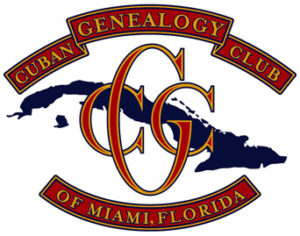Islas Canarias
About Islas Canarias
The Canary Islands (Islas Canarias) are a Spanish archipelago and the southernmost autonomous community of Spain located in the Atlantic Ocean, 62 miles west of Morocco at the closest point.
The seven main islands are (from largest to smallest in area) Tenerife, La Palma, El Hierro, La Gomera, Gran Canaria, Fuerteventura, and Lanzarote. The archipelago includes many smaller islands and islets. In ancient times, the island chain was often referred to as “Las Afortunadas” (the Fortunate Isles.) Historically, the Canary Islands have been considered a bridge between four continents: Africa, North America, South America, and Europe. During the time of the Spanish Empire, the Canaries were the main stopover for Spanish galleons on their way to the Americas, which came south to catch the prevailing northeasterly trade winds.
In 1927, the Province of Canary Islands was split into two provinces: the Province of Santa Cruz de Tenerife and the Province of Las Palmas. The autonomous community of the Canary Islands was established in 1982. Its capital is shared by the cities of Santa Cruz de Tenerife and Las Palmas de Gran Canaria, which in turn are the capitals of the provinces. Between the 1833 territorial division of Spain and 1927, Santa Cruz de Tenerife was the sole capital of the Canary Islands. In 1927 a decree ordered that the capital of the Canary Islands be shared, as it remains at present.
The third-largest city of the Canary Islands is San Cristóbal de La Laguna (a World Heritage Site) on the island of Tenerife.
Many Cubans have ancestors that migrated from the Canary Islands to Cuba.
